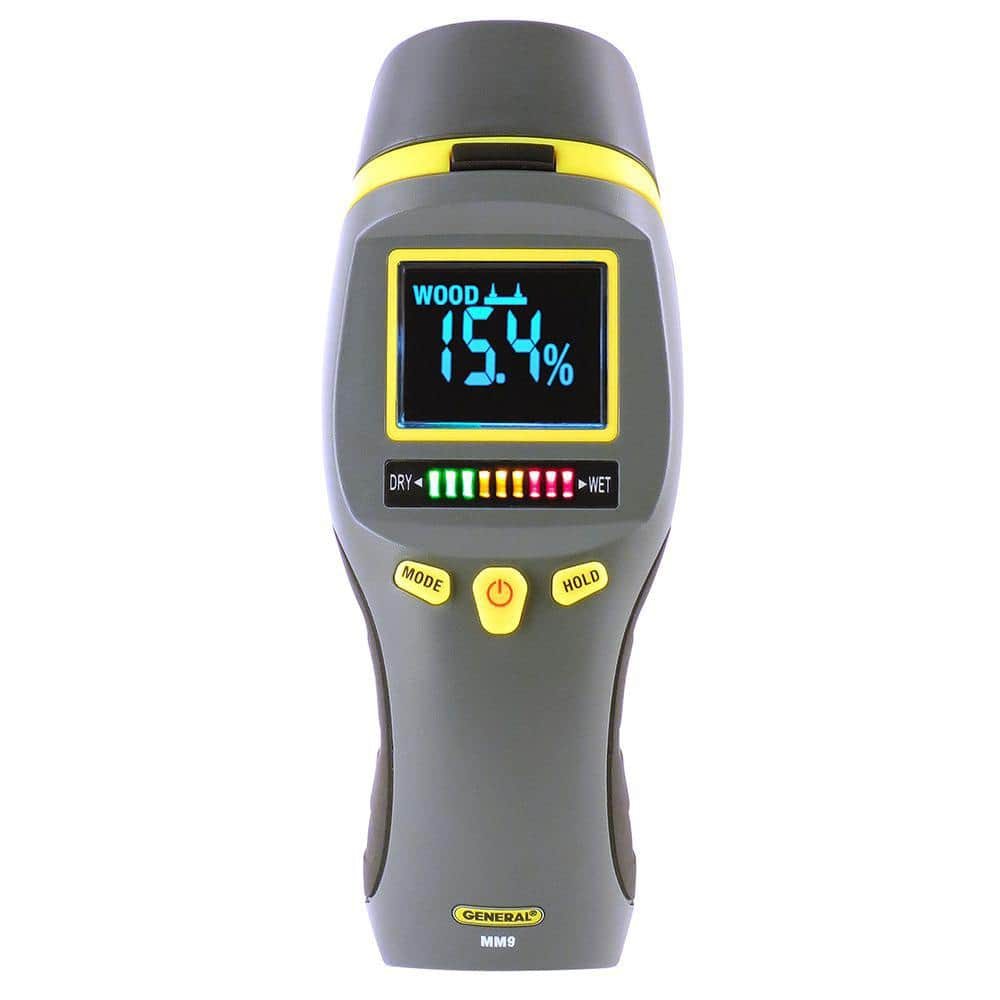How a Moisture Meter Can Aid You Preserve Optimal Problems in Your Home or Office
How a Moisture Meter Can Aid You Preserve Optimal Problems in Your Home or Office
Blog Article
Explore the World of Moisture Meters: Everything You Required to Know
In the realm of dampness meters lies a world of precision and practicality that frequently goes undetected. Comprehending how moisture meters run, the different kinds readily available, and their diverse usages can lose light on their significance in ensuring top quality and effectiveness.
How Moisture Meters Work
Moisture meters run by determining the electric conductivity or capacitance of materials to figure out the moisture web content present. These meters are invaluable tools throughout different sectors, including farming, construction, and woodworking. By using various approaches such as pin-type or pinless innovation, dampness meters provide accurate analyses that aid experts make informed decisions.
Pin-type dampness meters work by putting the sharp pins right into the product being examined. On the various other hand, pinless wetness meters use electro-magnetic signals to check a larger location without creating any type of damages to the material's surface area.
Despite the approach made use of, moisture meters play an important duty in stopping concerns such as mold and mildew growth, structural damages, or item defects triggered by excess wetness. Understanding how these meters job is vital for guaranteeing the top quality and honesty of products in various applications.
Kinds Of Moisture Meters
Offered the vital function dampness meters play in different markets, it is crucial to comprehend the various kinds available to experts for precisely analyzing wetness levels - Moisture Meter. There are mostly two primary sorts of moisture meters: pin-type and pinless wetness meters

On the other hand, pinless wetness meters utilize electro-magnetic sensor plates to check a larger area of the material without triggering any type of damages. This type appropriates for promptly scanning huge locations and is typically utilized for flooring, walls, and ceilings. Pinless meters are practical for taking readings on completed surfaces without leaving any kind of noticeable marks.
Both kinds of moisture meters have their advantages and are selected based on the details requirements of the task available. Comprehending the differences between these kinds is crucial for professionals to make exact wetness evaluations.
Applications Across Industries
With diverse functionalities, dampness meters locate extensive application across numerous sectors, helping professionals in ensuring ideal problems for materials and frameworks. In the agriculture field, wetness meters are indispensable for identifying the dampness content in grains, seeds, and hay, making certain quality assurance and avoiding mold and mildew development. Building specialists count on wetness meters to analyze the dampness levels in structure products like wood, drywall, and concrete, which article is vital for maintaining structural stability and preventing issues like rot or mold. The floor covering sector makes use of moisture meters to determine the wetness material in subfloors before setting up different flooring treatments, protecting against expensive problems as a result of excess dampness. Furthermore, in the food industry, moisture meters are utilized to keep an eye on and manage moisture degrees in products such as grains, nuts, and dried out fruits to keep quality and high quality. Furthermore, moisture meters play a crucial role in the remediation and damage control industry by assisting professionals deal with and recognize water damage in buildings immediately. Across these diverse sectors, dampness meters are indispensable tools for guaranteeing the quality, security, and durability of various products and items.
Tips for Utilizing Moisture Meters
When measuring the wetness web content in numerous products,Use the dampness meter's calibration setups to ensure exact readings. Calibration is crucial for the proper performance of a moisture meter. Before each use, it is suggested to examine and change the calibration setups according to the certain material being examined. Furthermore, ensure the meter is readied to the right wetness array for the product you are measuring to acquire the most precise results.
When utilizing a pin-type wetness meter, put the pins to the ideal depth advised for the material being tested. This ensures that the wetness analyses are taken from the correct deepness within the material, supplying a more advice precise depiction of its wetness web content. For pinless dampness meters, remember to keep appropriate contact with the material's surface area to obtain trusted analyses.
Consistently examine and replace the batteries in your moisture meter to stop inaccurate analyses because of reduced power. Shop the meter in a risk-free and completely dry area when not in usage to extend its life-span and keep its precision. By complying with these suggestions, you can make best use of the efficiency of your dampness meter and get specific moisture web content measurements across different materials.
Upkeep and Calibration
To ensure the precision of dampness content measurements, regular maintenance and calibration of the moisture meter are vital steps in its correct performance. Calibration adjusts the moisture meter to ensure that it provides trusted and regular outcomes.
Calibration needs to be done regularly, particularly if the moisture meter is used regularly or in vital applications where specific dimensions are required. By preserving and adjusting the moisture meter routinely, individuals can trust the accuracy of the dampness content measurements obtained.
Verdict

To conclude, dampness meters play an important duty in various industries by accurately gauging the moisture web content of materials. Understanding just how these tools function, the various types offered, and proper upkeep and calibration are necessary for getting dependable results. Whether in production, farming, or building, the usage of dampness meters assists make certain quality assurance and effectiveness in procedures.

In verdict, moisture meters play a crucial function in numerous industries by precisely determining the dampness web content of materials.
Report this page